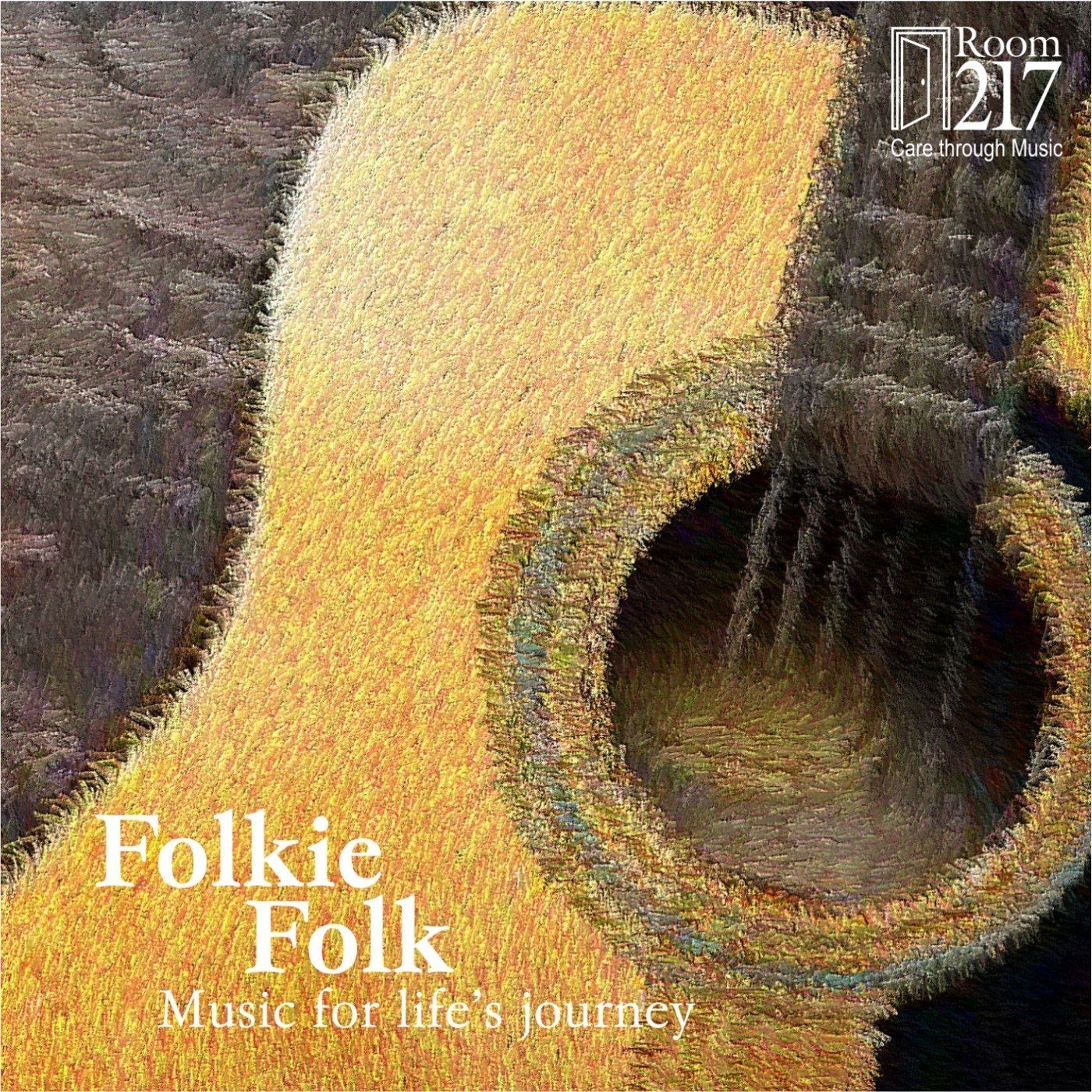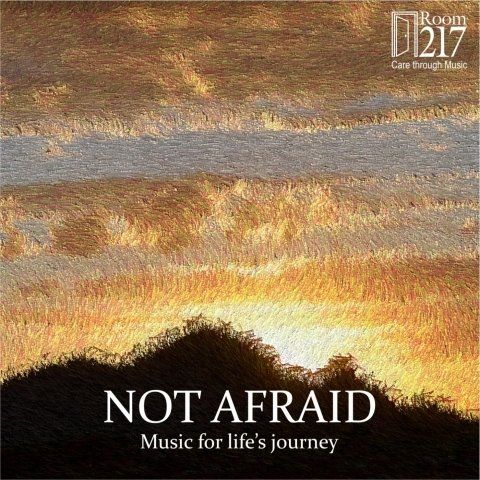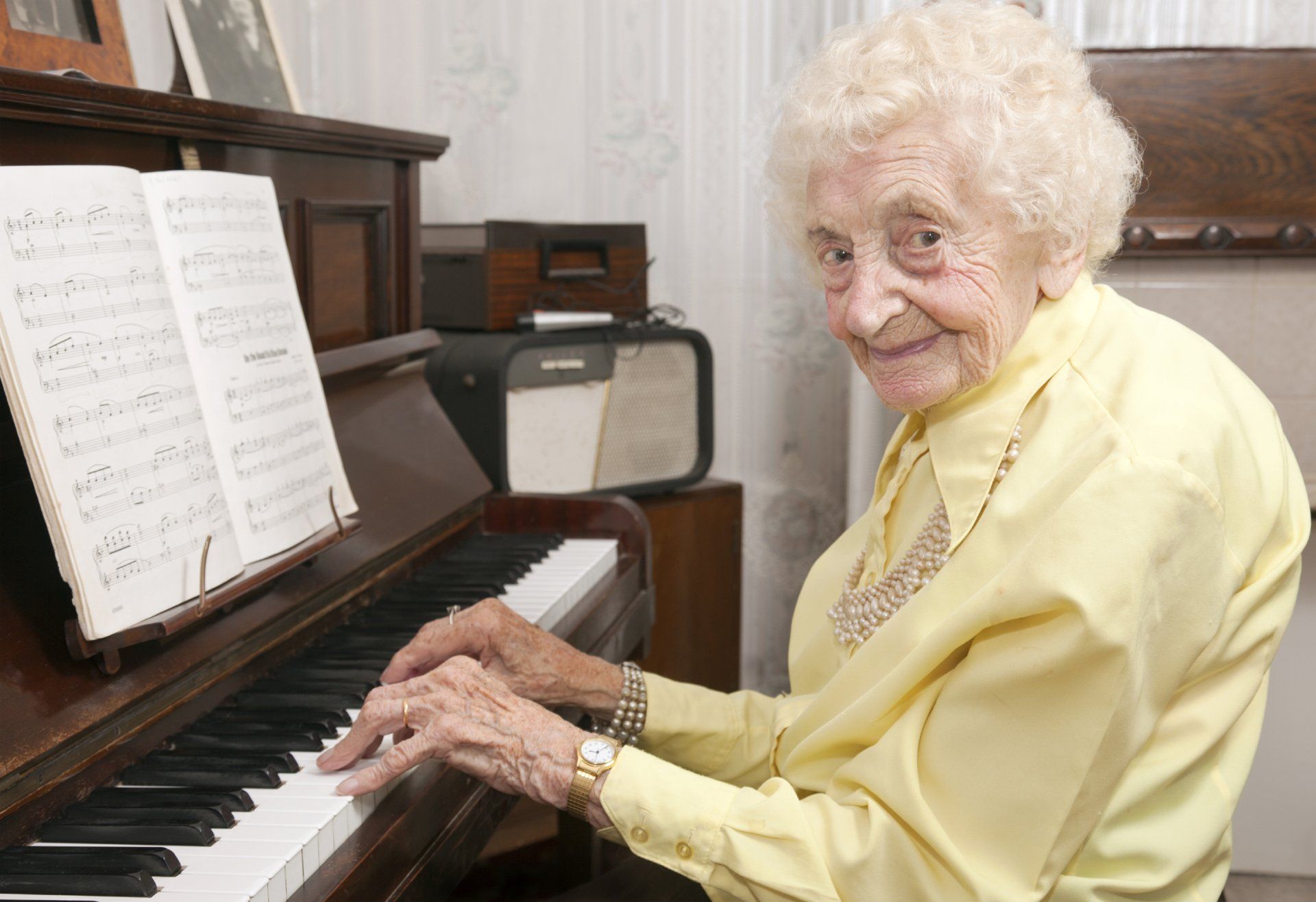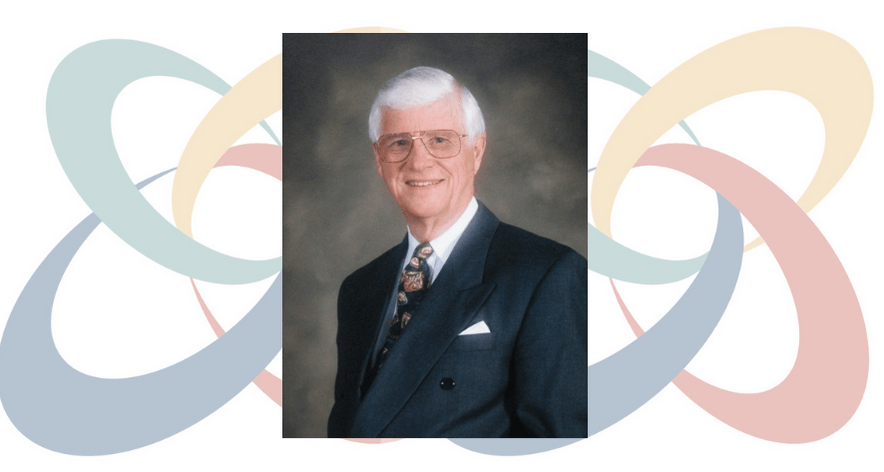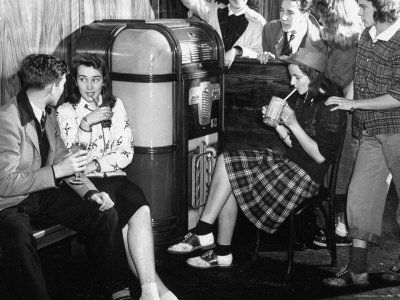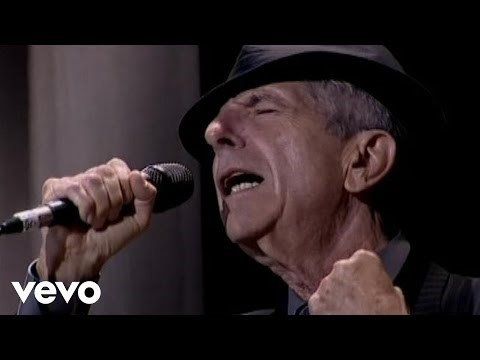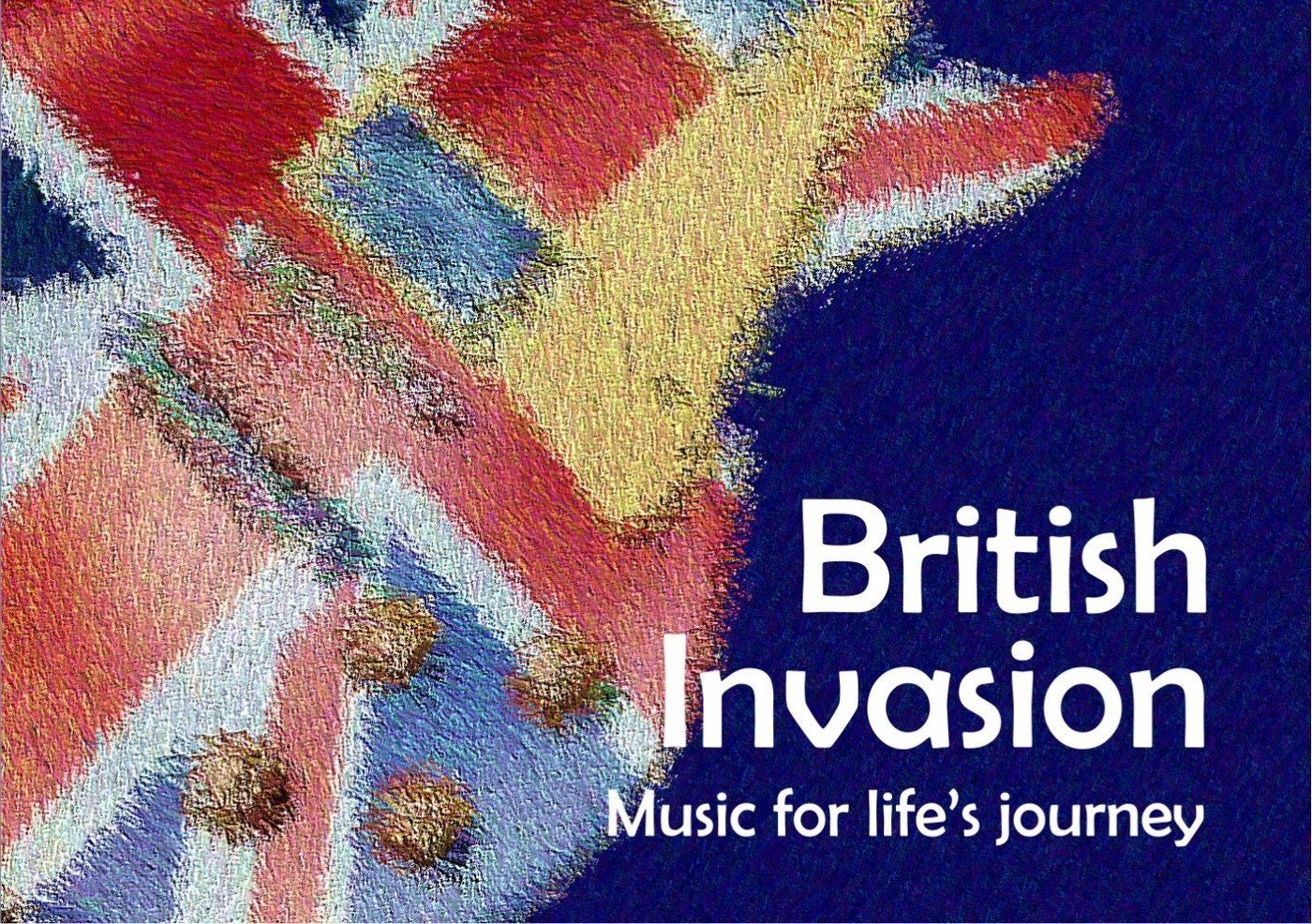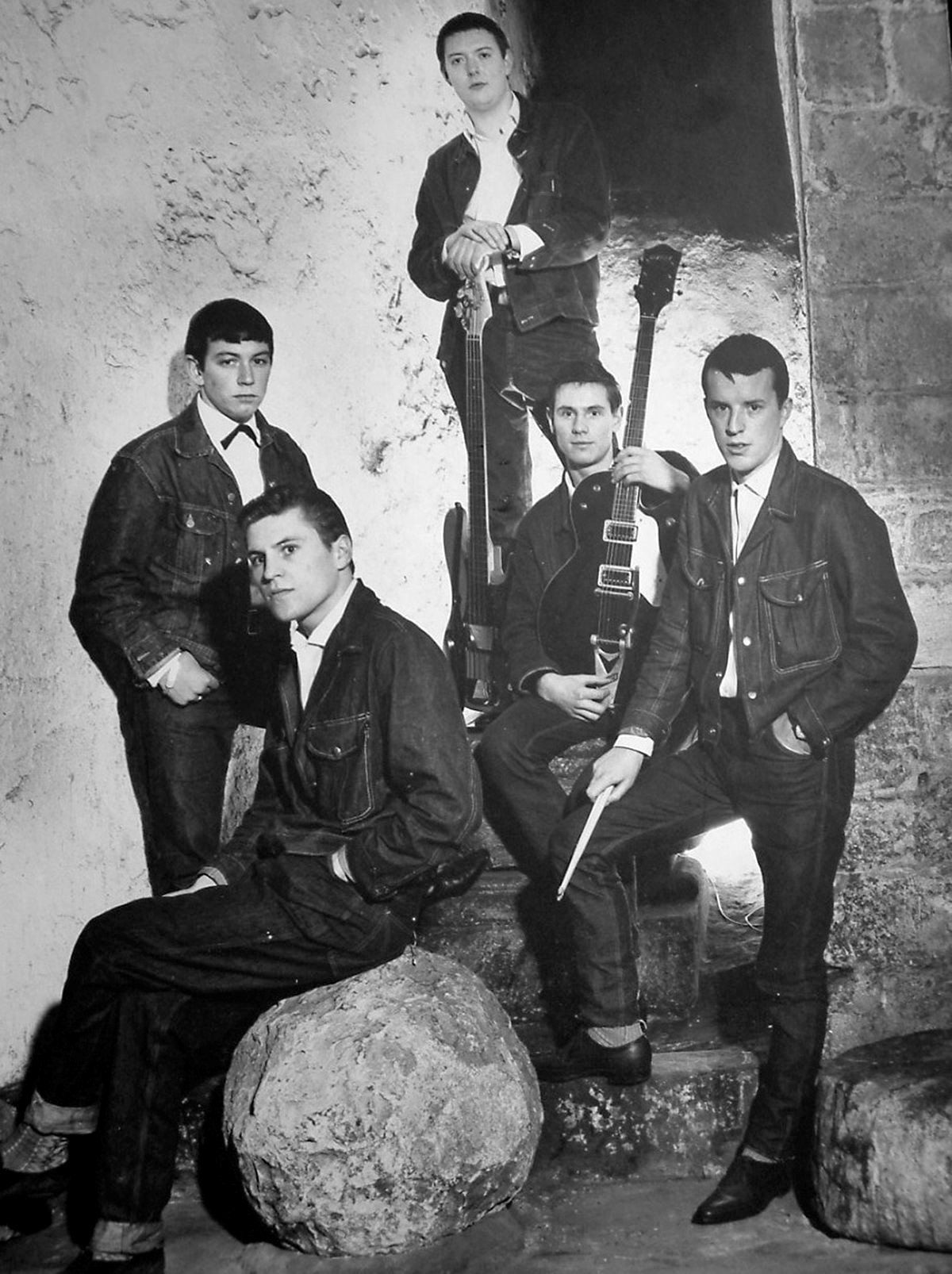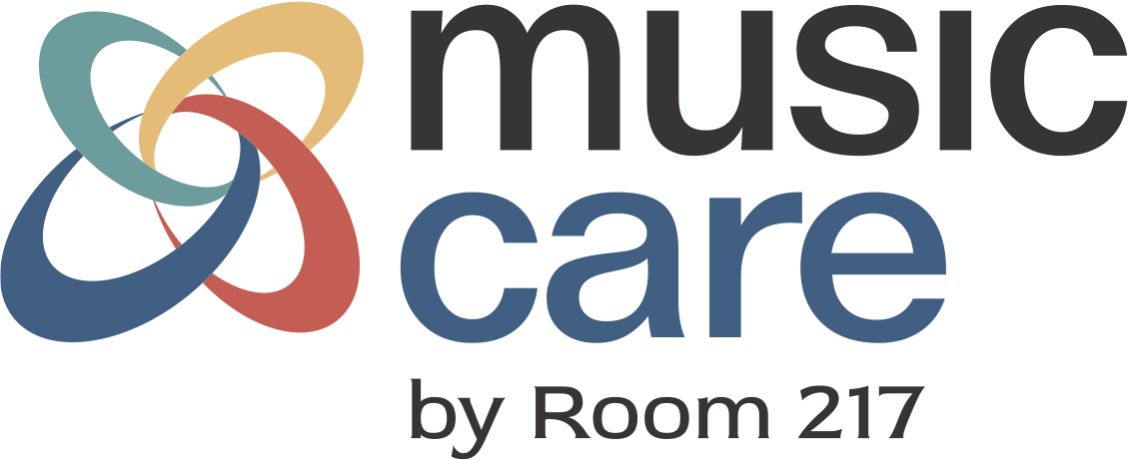The King of Rock pushed the envelope
He's been dead longer than he lived, but Elvis Presley - The King - is still known as much for his lifestyle as for his music. While younger music fans may only remember him for memes and the line "Elvis has left the building", older fans will remember his impact on not just rock and roll music, but North American pop culture.
Born in the south, Elvis Presley was raised in poverty. He loved music, although he never took a lesson, or learned to read music. He spent several years living a a predominantly black neighbourhood, and was a fan of spiritual music, and rhythm and blues. He was both complimented and criticized for - depending on how you see it - either introducing African American music or appropriating it.
One of the songs that was written for blues singer Big Mama Thornton , Hound Dog , became her biggest hit in 1953. Three years later, Elvis recorded it, and it became his best-selling song.
The song was written for Thornton's powerful voice and told the story of a woman tired of her man taking advantage of her. Elvis's version is credited with being THE song that brought R&B music into the commercial, white, mainstream, but not without criticism.
After Elvis performed Hound Dog on The Milton Berle Show on June 5, 1956, with his exaggerated hip movements and arm-swinging, and people responded. Presley was attacked as being a talentless exhibitionist, vulgar, and even the Catholic Church published an article warning people about him. On July 1, Elvis appeared on the Steve Allen Show, singing Hound Dog to a Bassett hound. Because of the controversy over Elvis's morality, his popularity exploded. The song was just something he'd added to his repertoire; it hadn't been recorded yet. The day after the Steve Allen Show, it was recorded and released as the B side to Don't Be Cruel. Both songs were on Billboard's Best Sellers and Most Played in Jukeboxes charts.
The song was reviled by many, yet consumers snapped up the record. Hound Dog spend 11 weeks at Number 1 in the charts and ended up selling 10 million copies worldwide.
The 1956 recording was inducted into the Grammy Hall of Fame in 1988, and the version was ranked in 2004 by Rolling Stone magazine as number 19 on its list of 500 Greatest Songs of All Time. The Rock and Roll Hall of Fame listed Elvis's version as one of the "500 Songs That Shaped Rock and Roll".
Whether it's Elvis's voice, his dancing, or the music, Hound Dog is highly recognizable. For this reason, it's one of 15 tracks on the Jukebox Junkies album that's part of Collection 4 - Boomer Tracks. It joins other songs like I'm a Believer, Under the Boardwalk, All I Have to Do is Dream , and It's My Party on the album. You can listen to some sample track from Jukebox Junkies here.
The album can be purchased as a CD, as a download, or as part of Collection 4.


